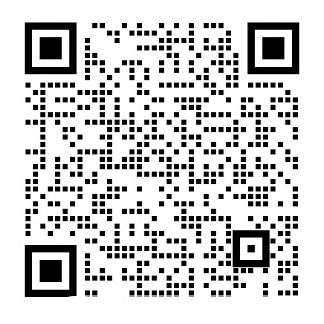1. 研究目的与意义
This paper intends to analyze and interpret synaesthetic metaphor in Fortress Besieged from the perspective of cognitive linguistics. This method contributes to a better comprehension of Qian[钱钟书]’s work on the one hand, and furthers the study of synaesthesia metaphor on the other. There are scholars have who contributed to the study of synaesthesia in Qian’s novel, but few of them have studied this subject from the perspective of cognitive linguistics extensively and systematically. To understand the use of synaesthesia imagery in the novel, it is necessary to apply a new perspective to this subject.
2. 研究内容和预期目标
In the daily life, our language contains a lot of vivid descriptions, such as “sweet face, warm applause, sharp voice”, etc. These kinds of expressions are used by shifting from one sense to another, which is called synaesthesia.
Contrary to traditional rhetorical analyses of synaesthesia in Fortress Besieged, the perspective of cognitive linguistics considers that the core of synaesthetic metaphors is experiencing and comprehending one sort of object in terms of other sensations.This paper will analyze some examples of synaesthesia in the novel translated by Nathan K. Mao and Jeanne Kelly to show its cognitive mechanism.
3. 国内外研究现状
Synaesthesia was first mentioned from the perspective of psychology in the book Psychism written by the famous Greek philosopher Aristotle. In the 16th and 17th centuries, the Baroque and the Metaphysical poem schools both made use of synaesthesia in their works (Qian [钱钟书], 1962). In the early times of the 19th century, this device was used frequently by romantic poets. And in the late 19th century, the utilization of synaesthesia reached a pinnacle.
In Chinese classics, the synaesthesia can be found in ancient poems, long before which a systematic theory was developed from Pre-Qin and Western Han Dynasty. Synaesthesia appeared in ancient works abundantly, but didn’t attract public’s attention. Until 1920, Chen Wangdao [陈望道], the founder of Chinese Rhetoric, published an article titled “A Mini-dictionary of Literature” for the supplement, in which, synaesthesia was referred to as “官能底交错” , which means “the interconnection of sensation. In 1962, Qian Zhongshu[钱钟书], the renowned Chinese scholar introduced synaesthesia as a figure of speech to the Chinese literary circle, and since then the study on it emerged in China. Many researchers started to study synaesthesia from rhetorical perspective. Zhang [张寿康] (1980), Yuan [袁辉] (1985), Duan [段会杰] (1987), among others, treated synaesthesia as a special figure of speech. The images of the synaesthesia was intensively studied. Wang [王晓军] (1999) explored the relationship between the ancient poems and English poems in the use of synaesthetic images.
With the development of the cognitive linguistics, many domestic scholars started to analyze metaphor from the cognitive perspective. Lakoff’s Conceptual Metaphor theory was used (e.g. Wang [汪少华], 2002) to analyze some synaesthetic phenomenon.
4. 计划与进度安排
1. Literature Review
1.1. The Definition of Synaesthesia
1.2. Synaesthesia Study from the Perspective of Rhetoric
5. 参考文献
Day, S. (1996). Synaesthesia and synaesthetic metaphors. Psyche, Retrieved from http://psyche.es.monash.edu.au/v2/psyche-2-32-day.html
Ullmann, S. (1962). Senantics: An introduction to the science of meaning. Oxford: Basil Blackwell.
Ullmann, S. (1967). The principles of semantics. Oxford: Basil Blackwell.
以上是毕业论文开题报告,课题毕业论文、任务书、外文翻译、程序设计、图纸设计等资料可联系客服协助查找。
您可能感兴趣的文章
- 意识形态与翻译的关系探寻——以《一九八四》董乐山译本为例开题报告
- 毛姆小说《月亮与六便士》和《刀锋》中的救赎精神Salvation Spirit in Maugham’s The Moon and Sixpence and The Razor’s Edge开题报告
- Interpreting the Character of Tom in The Great Gatsby 解读《了不起的盖茨比》中的人物汤姆开题报告
- 从同一理论视角解读艾玛•沃特森的联合国演讲开题报告
- An Analysis of Feminism in Doris Lessing’s The Fifth Child 浅析多丽丝•莱辛《第五个孩子》中的女性主义开题报告
- A Study on the Communication Effect of the English Translation of Mudanting in Britain and America开题报告
- The Geographical Distribution of Xixiangjis English Translators and Their Soci-Cultural Motivation开题报告
- On the Developing Strategies of Chinas International Trade under the Framework of RCEP开题报告
- Research on Cultivating English Majors Cultural Confidence : Taking the Institute of Foreign Languages of USTS as an Example开题报告
- Research on the Phenomenon and Causes of the Spread of Chinese Traditional Culture: Taking the Short Video of “Li Ziqi” as an Example开题报告


